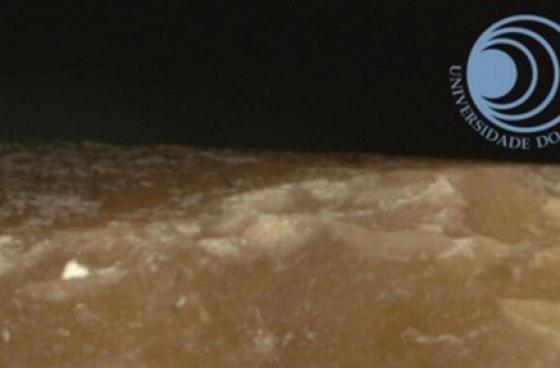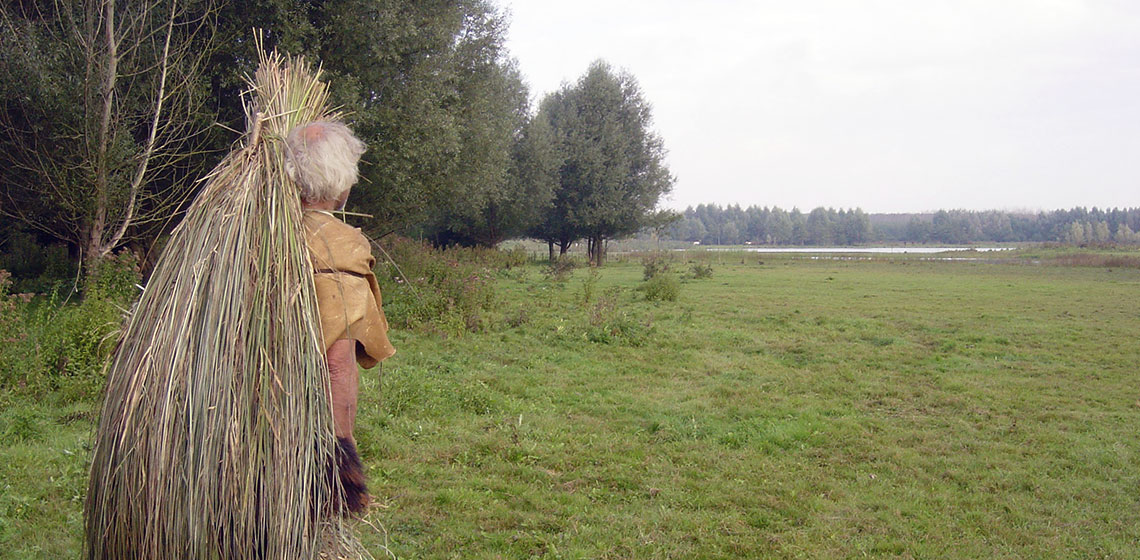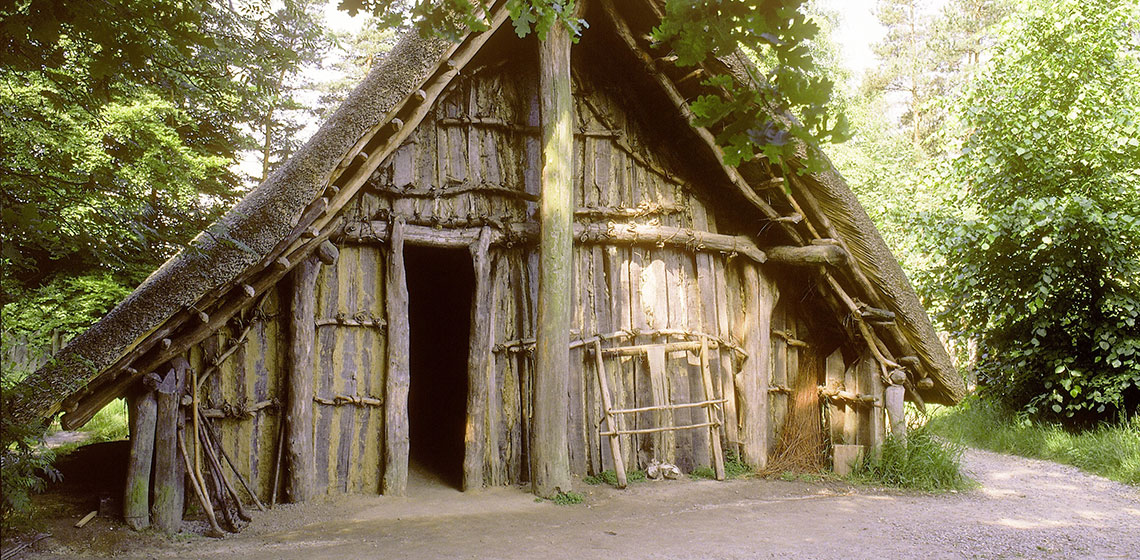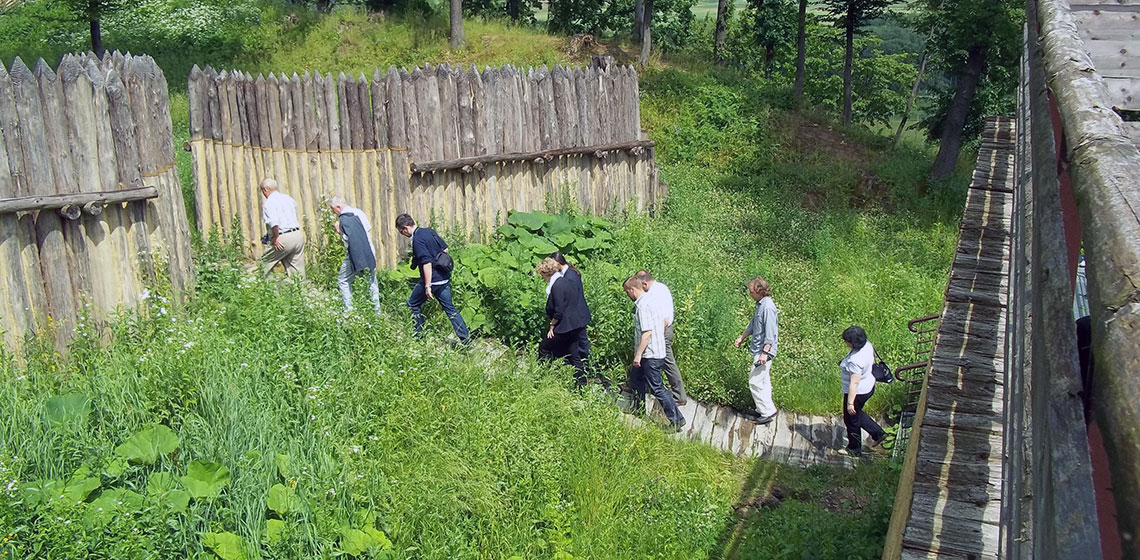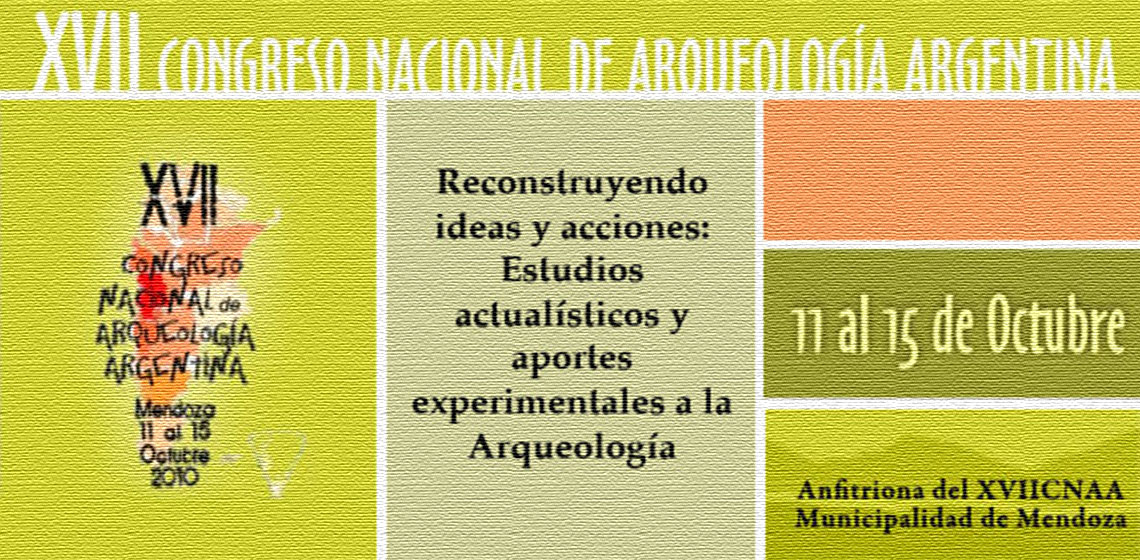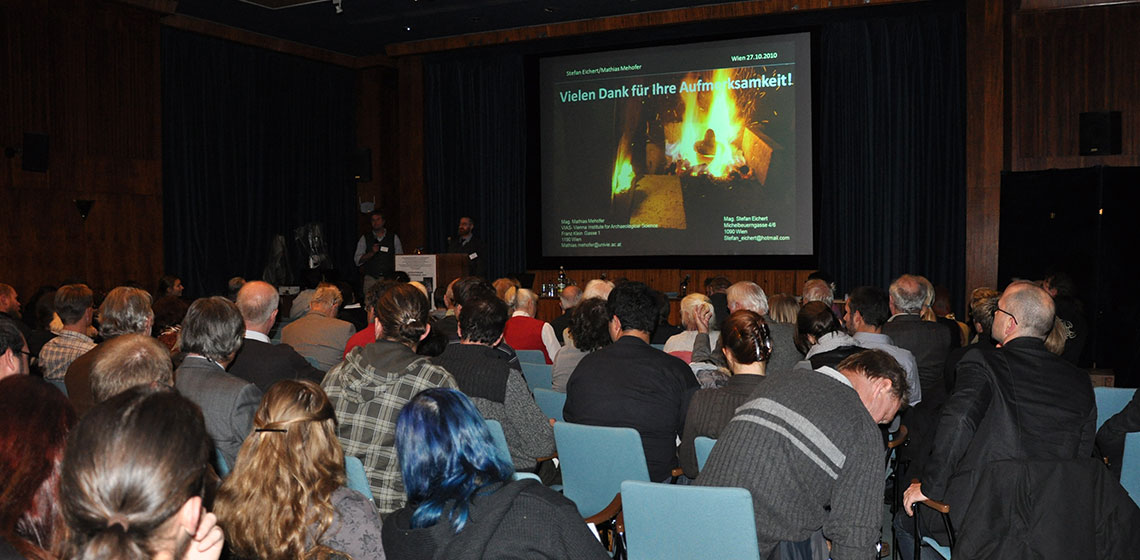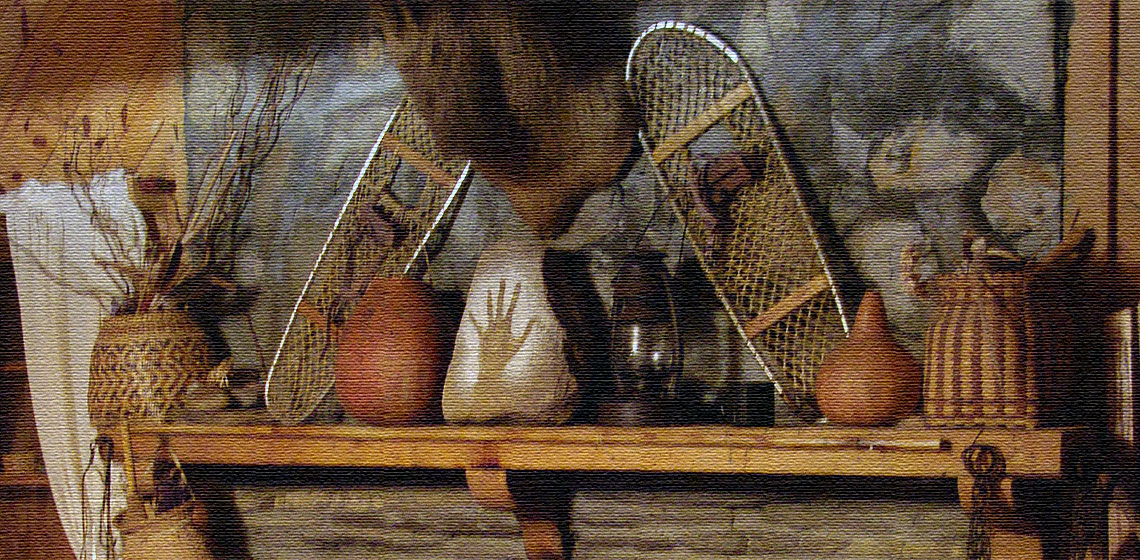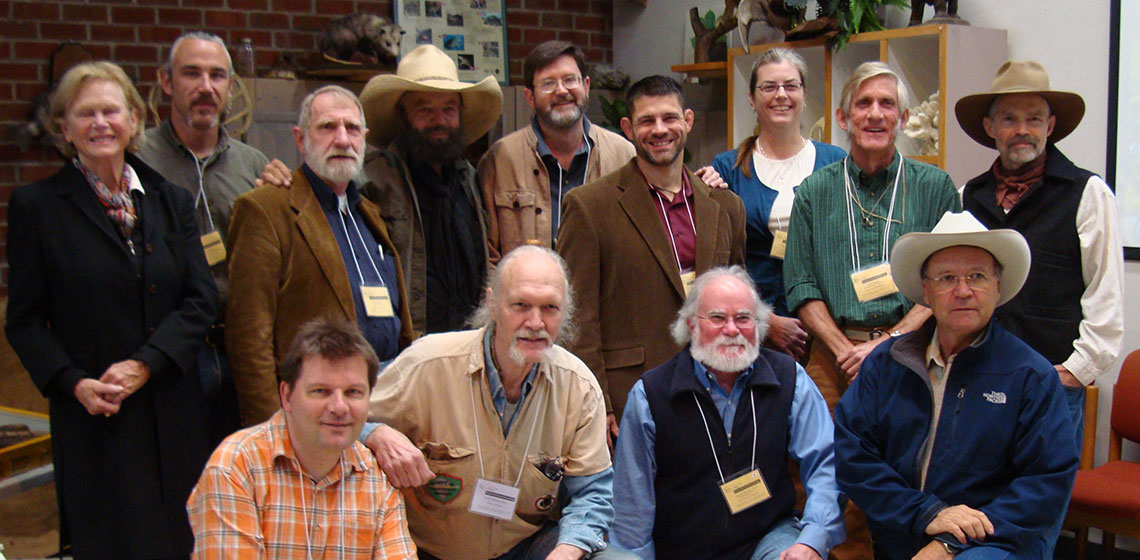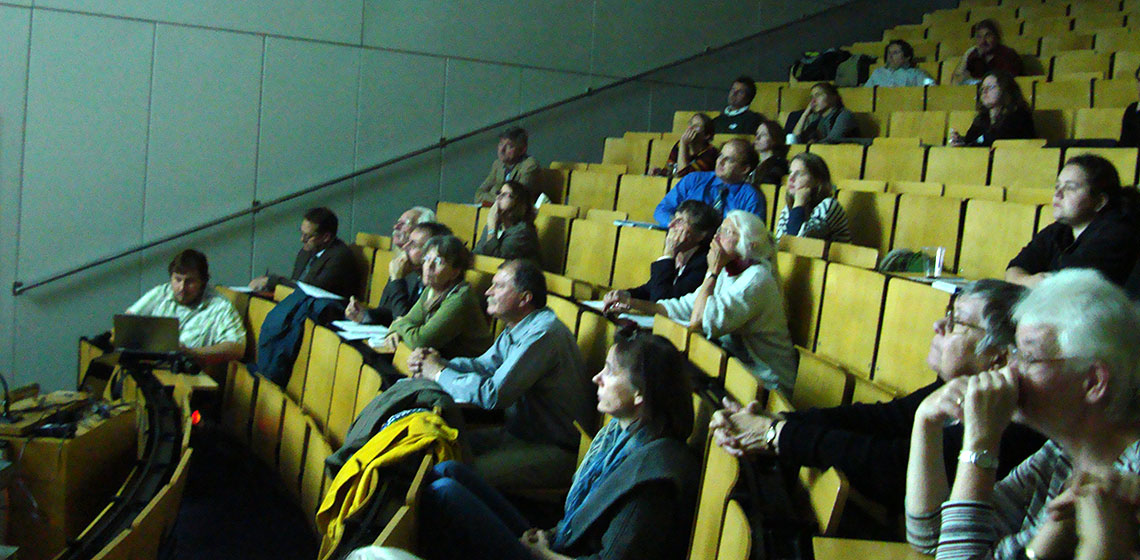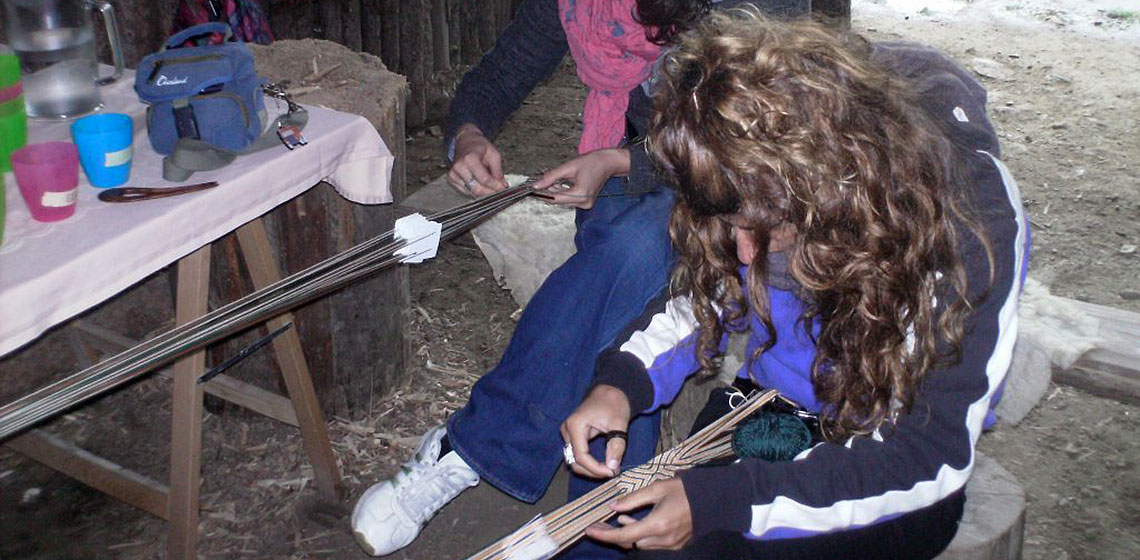Chalcolithic
International conference on use-wear analysis
Country
- Portugal
Taking into account the unquestionable success of the last scientific meetings on the development of use-wear studies in archaeology over the last two decades, we are pleased to announce that we are organizing an International conference on use-wear analysis...
Interview: Hans Horreus de Haas
December 2010, Hans de Haas turned 75 and this seemed a fitting occasion for an in depth interview with this Nestor of Dutch living prehistory and experimental archaeology...
75 Years of History on Concrete Floors
In 2011 the archaeological open-air museum Oerlinghausen (member of EXARC) turned 75 years old, and with that it is one of the oldest archaeological open-air museums in the world. It is, at least, oldest Germanic open-air museum...
Conference Review: International Archaeological Conference, Trzcinica 2011
The International Conference on archaeological open-air museums and experimental archaeology: An Opportunity for the Promotion of the Tourist Industry, sponsored financially by the Norwegian Financial Mechanism, was held in the Carpathian Troy Open-Air Archaeological Museum in Trzcinica, Poland, on 9 – 10 June 2011...
Conference Review: Symposium 25: Reconstructing Ideas and Actions
For many years, actualistic studies have been used largely as a bridging link between archaeological data describing how people use objects with the human behaviours or natural processes associated with this use...
Conference Review: International Öguf-Symposium 2010
Prehistory and Early History (ÖGUF) took place 27-30 October at The Museum for Natural History in Vienna under the patronage of State Captain and Mayor of Vienna Dr. Michael Häupl – and the general director of the Museum for Natural History Vienna, Univ.-Prof. Dr. Christian Köberl. Theme was experimental archaeology: theory, practice, science, education...
Conference Review: Report on the 1st Annual REARC Conference
***Mark Butler organized the First Annual REARC Conference, which was held on October 16-17, 2010 at the Schiele Museum in Gastonia, North Carolina. The conference was a great success. Dr. Ann Tippet, Schiele Museum Director, and Steve Watts, Director of Southeast Native American Studies (SENAS)...
Conference Review: The 1st Annual REARC Conference, Defining Reconstructive Archaeology for the 21st Century
***The first annual Reconstructive and Experimental Archaeology (REARC) conference was held at the Schiele Museum of Natural History in Gastonia, North Carolina, October, 16 – 17, 2010. RE-ARC is the brainchild of Mark Butler, President of REARC, and eleven other individuals who comprise the Board of Directors...
Conference Review: EXAR in Berlin, October 8-10, 2010
This year’s EXARC Conference took place at the Freie Universität in Berlin and was themed Experimental Archaeology and University...
Conference Review: European Textile Forum 2010
The Textilforum was founded to bring practitioners of all textile crafts together, to compare notes and to learn from each other. Following the success of the first Textilforum, held in Eindhoven in September 2009, this year’s was held in Schnalstal, in South Tyrol, the German-speaking part of Northern Italy from 6-12 September...

